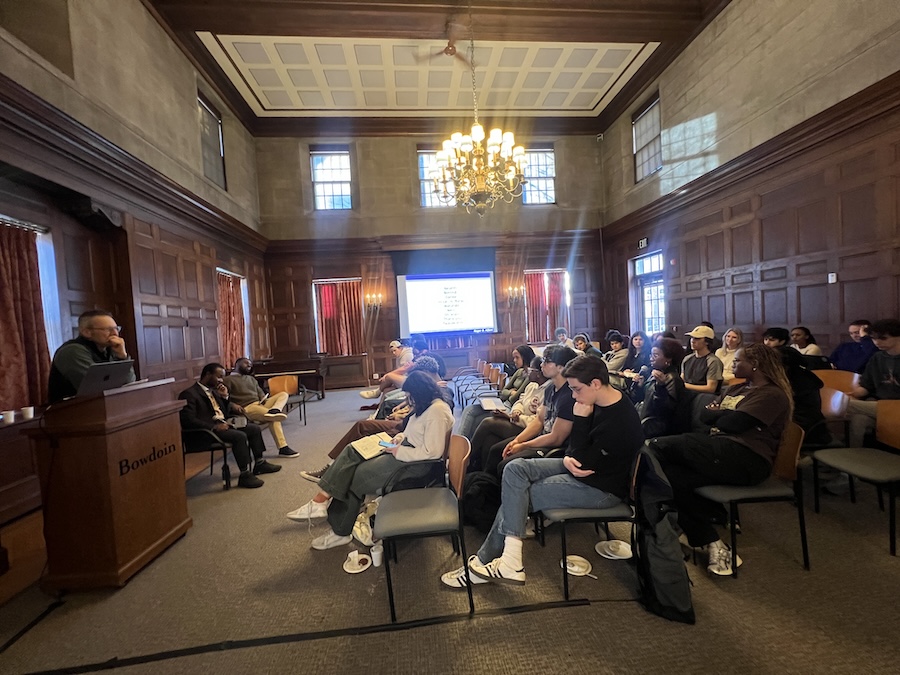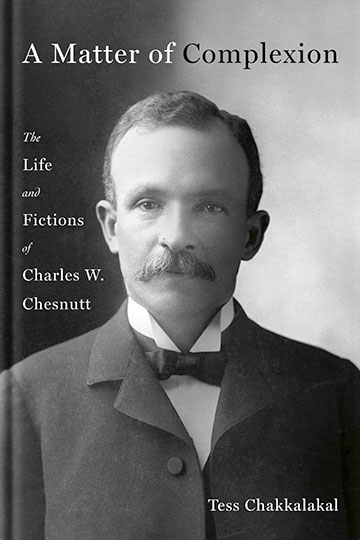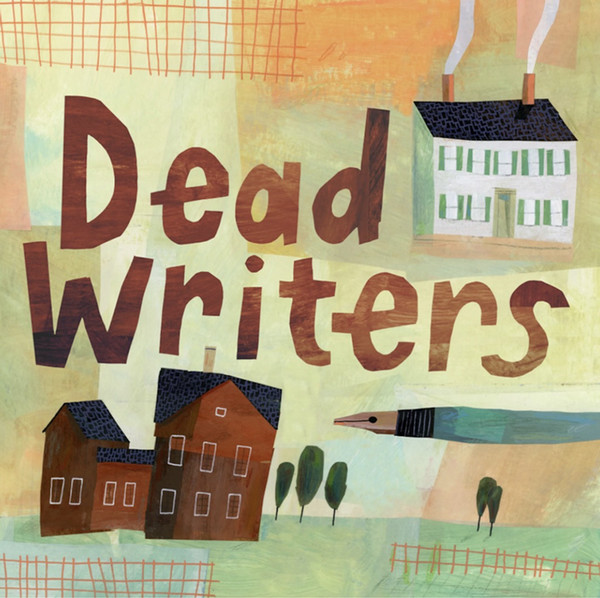From Truman to Trump: Getting a Handle on Modern US History
By Tom PorterThis semester sees the introduction of a generalist course in modern US history designed to give students an informed understanding of how America became the country it is today.
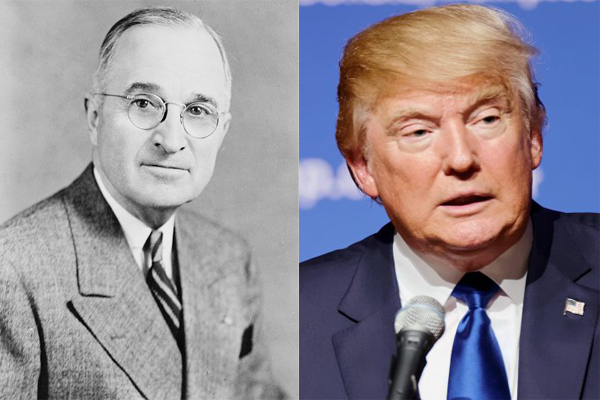
This semester sees the introduction of a generalist course in modern US history designed to give students an informed understanding of how America became the country it is today. United States History Since 1945: Truman to Trump (HIST 2222) traces the country’s evolution from newly emerged superpower through the Cold War years and post 9/11 conflicts up to today, said Brian Purnell, who’s teaching the course.
“By the end of the course we’ll be getting as close to the present as we can. For example, we’ll be studying President Donald Trump’s recent State of the Union address,” said Purnell, the Geoffrey Canada Associate Professor of Africana Studies and History.
“This is my first time teaching a broad, general survey of US history and it’s very different from the way I typically teach. I’m writing lectures that force me to look at America’s past from 100 miles up, as well as on the ground.”
Purnell said one of the strengths of this course is that it helps students to consider the nation’s past as a cohesive story, shedding light on why certain decisions were made at certain times.
“I want my class to get an idea of continuity and change in US history: how much the country has changed since 1945, but also ways in which it is the same. Current conversations about US trade and currency imbalances with China, for example, can be traced back to the immediate postwar years and the emergence of the modern global finance system.”
The course is as much about cultural and social history as it is about political and economic issues, says Purnell, who particularly wishes to emphasize where those areas intersect and reinforce each other.
“The Cold War, for example, is not just about the Truman Doctrine and the Marshall Plan, it’s also about McCarthyism and the anti-communist witch hunts, which have had a profound social and cultural influence on history. It’s also about how Cold War anxiety permeated the lives of everyone: An entire generation of Americans will remember the ‘duck and cover’ nuclear attack drills they did at school—reminiscent in some ways of the active shooter drills children do in US schools today, known as ‘run, hide, fight.'”
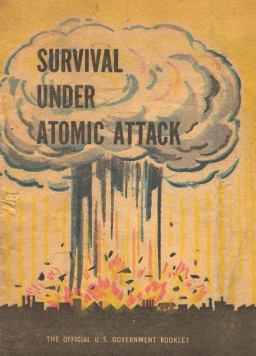
The list of sources studied by the class is varied. There are policy documents and political speeches mixed in with pieces of music, video, and fiction. “We’re looking at excerpts both from Bill Clinton’s address to the press where he denied claims of sexual relations with intern Monica Lewinsky, and from the classic 1955 novel, The Man in the Gray Flannel Suit, which tackles issues about postwar angst in suburban, Cold War-era America.
“On top of this I’ll be playing some music to the class “Born in the U.S.A.,” by Bruce Springstein, “Inner City Blues (Make me wanna holler)” by Marvin Gaye, and “Formation” by Beyoncé to illustrate the intersection of popular culture and politics.” The curriculum also includes a movie. “Too Big To Fail was released in 2011 and it chronicles in dramatic fashion the financial meltdown three years earlier.”
Among the students taking US History Since 1945 is Charles Burton-Callegari ’20, who says he wants a greater understanding of how different social and political movements shaped the character of his country. “I was also inspired to choose this course by recent political events. I believe there has been a concrete, traceable change in a large portion of the American political landscape leading to the election of Donald Trump, and I wanted to more clearly understand how we ended up in this situation.”
